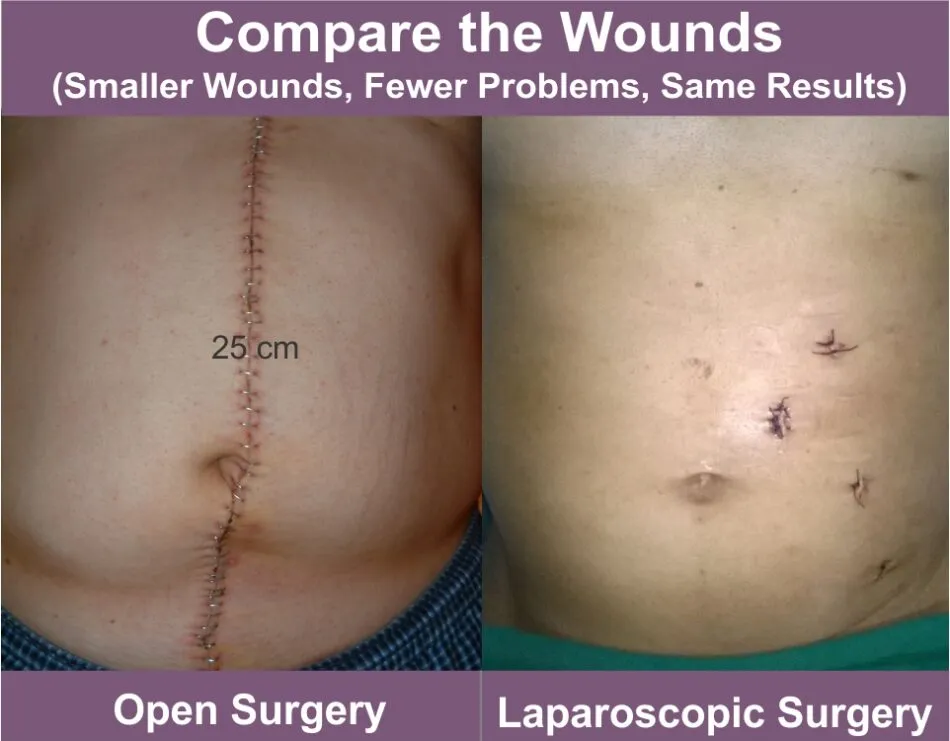Cancer Testis & Rplnd
Cancer Testis & Rplnd Retroperitoneal Lymph Node Dissection (Rplnd)
Retroperitoneal Lymph node dissection (RPLND) can be performed by open or laparoscopic approach. Laparoscopic RPLND has several advantages over conventional open surgery with same cure rate. Only surgery is curative in most of the cancers. Additional therapies (chemotherapy & radiotherapy) are mostly supportive. But, many patients and their relatives try to avoid surgery for the fear of the immense trauma for their loved ones, resulting in patient getting wrong or less effective treatment. With laparoscopy the trauma is much less and makes the treatment more acceptable. The Team MACS precisely addresses all these issues and works relentlessly for a better life

DR. SANDEEP NAYAK
MBBS, MRCSEd, DNB (Gen Surg),
MNAMS (Gen Surg), DNB (Surgical Oncology),
Fellowship in Laparoscopic and Robotic Onco-Surgery.
Dr Nayak is one of the leading senior Surgical Oncologists (cancer surgeon) of Bangalore. He is one of the pioneers of Laproscopic (laparoscopic) cancer treatment (surgery).

DR. SANDEEP NAYAK
MBBS, MRCSEd, DNB (Gen Surg),
MNAMS (Gen Surg), DNB (Surgical Oncology),
Fellowship in Laparoscopic and Robotic Onco-Surgery.
Dr Nayak is one of the leading senior Surgical Oncologists (cancer surgeon) of Bangalore. He is one of the pioneers of Laproscopic (laparoscopic) cancer treatment (surgery).
The Advantages Of Robotic & Laparoscopic Cancer Surgery Include

Least Pain and Discomfort

Less Blood Loss

Least Pain and Discomfort

Avoid Unnecessary Major Surgery

Quick Return to Normal Life and Work

Get All the Advantages of Robotic Surgery

Better Vision Quality for the Surgeon

Better Preservation of Pelivic Nerves maintaining the Sexual & Urinary Functions

Cosmetically better (Smallest Wound and Scars)

Least Wound Complications, Less Risk of Wound Infections After Colostomy.
Cancer Of Testis
Staging Of Cancer Of Testis
Stage I means that the cancer is confined to the testicle.
Stage II means that it has spread to the lymph nodes in the abdomen.
Stage III means that cancerous cells spread beyond the abdominal lymph nodes to other parts of the body
When Is Retro-Peritoneal Lymph Node Dissection Needed?
Stage I non-seminoma cancer. Where RPLND would confirm the staging as well as cure (if nodes turnout to be positive). Alternative would a chemotherapy or just surveillance.
Stage II nonseminoma cancer. RPLND confirms whether the nodes are truly affected. If only a small amount of cancer is found, the surgery alone might cure it. If the cancer in lymph nodes is large enough RPLND may reduce the amount of chemotherapy required to cure the cancer.
RPLND after chemotherapy. This is performed only if there is some tissue (more than 1-2cm) left behind after chemotherapy. These tissues can grow are cause problem in the future.
What Is Retro-Peritoneal Lymph Node Disection (Rplnd)

Conventional open surgery involves long incision over the abdomen starting from above the belly button reaching all the down. This is required are the tissues in the back of the abdomen have to be reached.
Laparoscopic or retroperitoneoscopic RPLND. This involves a few tiny cuts through which camera and instruments are passed to dissect the lymph nodes and remove them. With the enhanced vision quality, the nerves can be better preserved resulting in better outcomes for the patient.
Retroperitoneal lymph nodes are lymph nodes (small nodular structures that are present throughout the body that clear the tissue fluids) that are found in the back of belly or abdomen. These are involved in clearing fluid from the lower half of the body. Testis in men and ovaries among women drain into these nodes. So, the cancers of these organs can spread to these lymph nodes. This region also contains aorta and inferior vena cava which are the main blood vessels of the body. In addition there are many important nerves passing through this region.
Conventional open surgery involves long incision over the abdomen starting from above the belly button reaching all the down. This is required are the tissues in the back of the abdomen have to be reached.
Laparoscopic or retroperitoneoscopic RPLND. This involves a few tiny cuts through which camera and instruments are passed to dissect the lymph nodes and remove them. With the enhanced vision quality, the nerves can be better preserved resulting in better outcomes for the patient.

